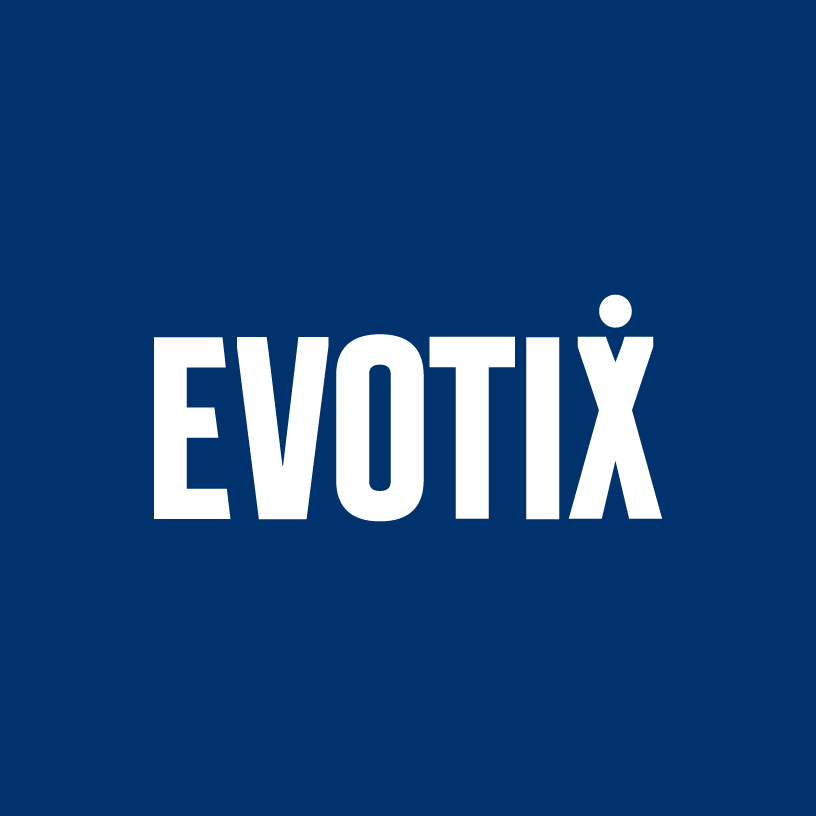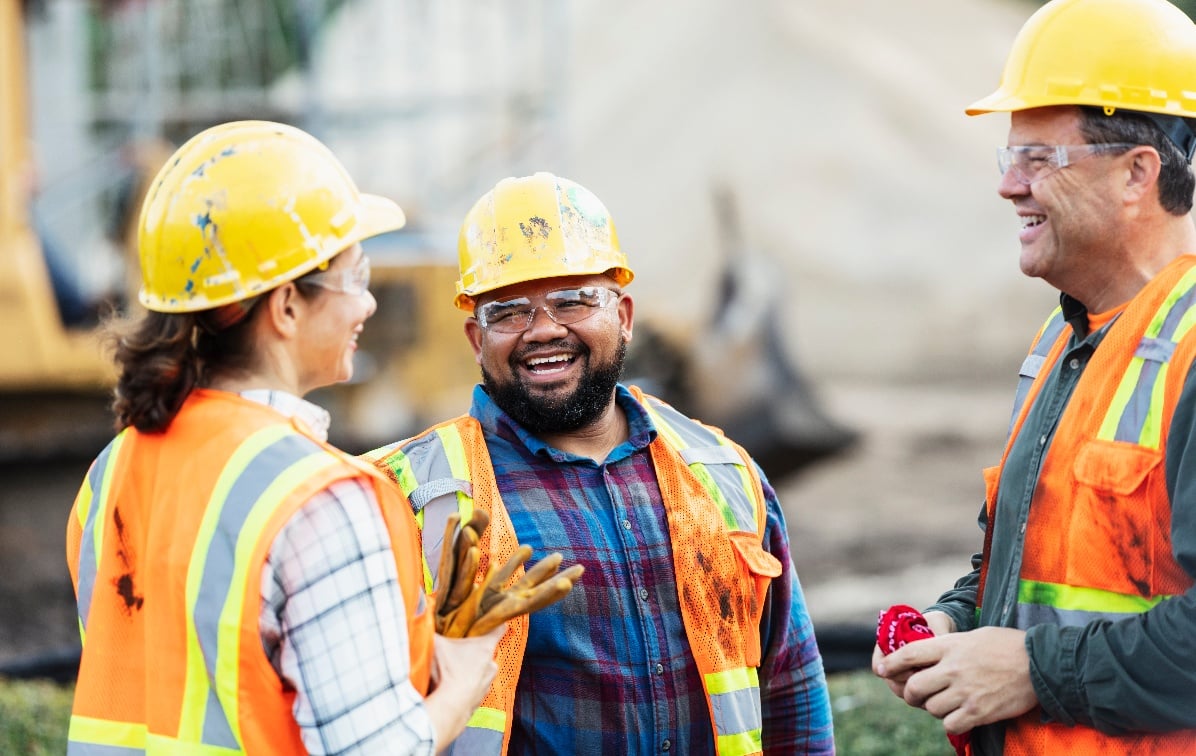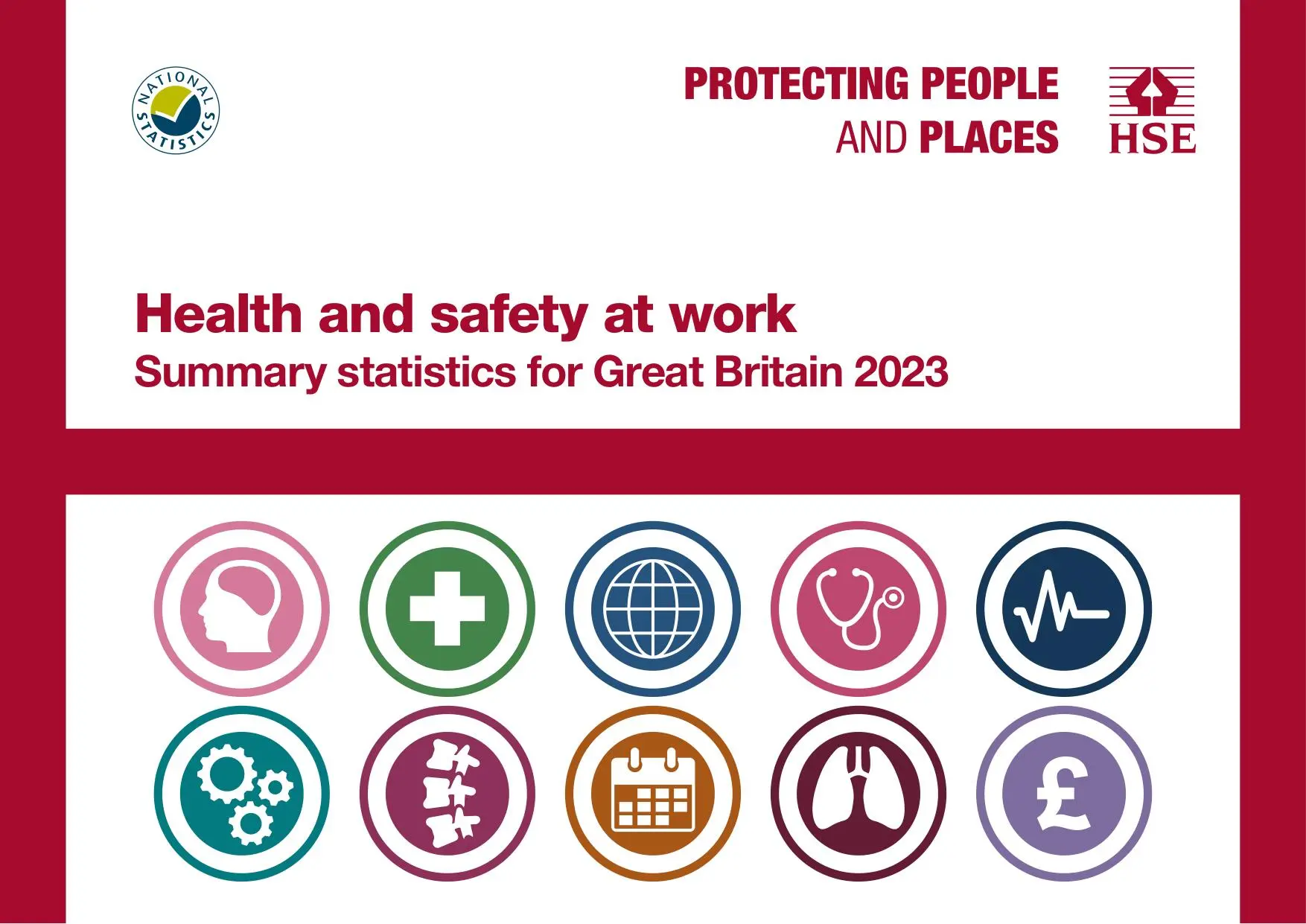Contents
Bridging Generation Gaps at Work To Build a Safer Environment
22 December 2022
The workforce is more diverse in age than ever before. One in three working adults in the US is a Millennial; and the picture is similar in the UK, with this generation making up more than 50% of the workforce.
These generations have very specific and different expectations of the workplace compared to their counterparts, something we talked about recently. They are more concerned about health and safety and expect training and resources to be available online, accessible anywhere and mobile-friendly, as standard.
The opportunities and challenges of a multi-generational EHS workforce
Having such a broad range of ages in the workforce is what helps make teams and businesses successful, provided they harness it properly. For those working in health and safety, this is no different. Varying peer groups will all have something valuable to add when spotting and solving a business’s biggest health and safety challenges. More experienced generations will bring a wealth of lived EHS experience, while younger groups will bring an appetite and understanding of how the newest digital technologies can bring efficiencies to health and safety programs.
But this is also where the challenge lies. Where there are differences, there are often conflicts. The challenge for those working in health and safety is to successfully bridge these gaps to make sure generational diversity is a benefit, rather than a blocker.
We look at three areas where small changes can be made to build a safer workplace and help encourage collaboration across generations.
1. Migrating away from email for high-risk processes
Email is a staple form of communication in every workplace. While some claim it’s dead, in 2021 an estimated 316.6 billion emails were sent and received, so it’s clearly here to stay. Rather than force email in or out, it’s far more effective to get everyone together to map out which tools are the most appropriate for the task at hand.
Smart and safe companies like The Works are using mobile-enabled applications that put the right information directly into the hands of workers wherever they might be. But this isn’t true of everyone. Our Head of Enablement, Julian Taylor, shared a recent story where email had been used for audit purposes over an extended period. Quite simply, email shouldn’t be seen as a medium to track incidents, it shouldn’t be used to monitor and action audits and it shouldn’t be the place where a risk assessment is completed. If email is used for any of the above activities, you are putting your organization and people at risk.
We know the new EHS professional wants access at their fingertips, to report incidents quickly and be able to work on the move. Working together and looking past generational preferences to identify what’s being shared over email and what could be done more efficiently through technology, can help across multiple areas, such as compliance, regulation and actions.
2. A change in mindset when thinking about prevention
When it comes to prevention, it boils down to being proactive versus reactive. We are all likely guilty of responding to something correctly once the incident has already happened, it’s human nature. There is, however, a growing importance on prevention driven by the millennial workforce. This opportunity places even greater emphasis on stopping incidents from happening. Doing everything possible to mitigate workplace accidents or identifying mental struggles before they get too detrimental.
Combining the more cautious and preventative approach of younger workers with the knowledge and experience of someone who’s been in the business for a few decades can transform the way an organization reduces risks before incidents even happen. Taking a more millennial approach to incident prevention by putting mobile devices into the hands of your workers can be a huge driver for change and behavior.
3. Knowing when to use and not to use spreadsheets
When we talk to health and safety professionals at events across the US, UK and Australia, it’s clear that spreadsheets still play a huge role in capturing data and processes. We understand the allure; spreadsheets have been the standard for many, many years. For some it will get the job done, but is it the best way to get it done?
With growing demand from younger workers for digital and mobile user-friendly tools, it’s time to question whether spreadsheets should still be the standard. There’s a reason other functions around the business have moved toward automated processes that are BYOD friendly and provide real-time solutions. Not only do they cater to the dominant digitally fluent in the workforce, but they offer a visible shift to a better picture of your health and safety.
4. Effective training processes
Ensuring that every worker, no matter their age, is up to date on the latest rules, regulations and processes is essential to a safe environment. But not everyone learns the same way.
Those who have been working for the past 15-20 years are used to a traditional classroom-based approach, while younger colleagues prefer bite-size, fun and user-centered content. The good news is that research has shown adults of all ages learn better when they’re in the flow. We look at this in more detail in one of our most recent posts, ”How getting in the flow can strengthen your training program.” There are now health and safety training solutions specifically designed with these capabilities, giving the instructions and resources that workers of all ages need, in the way they need it, precisely when they need it, not when it suits the business.
Bridging the gap for a safer future
The challenge for safety professionals is to ensure that these positive attributes are combined and utilized in engaging employees in safety. It’s crucial that teams take a flexible, creative approach to safety, whether that’s by embracing diverse learning styles or when considering the tools and processes used to support a safety management system.
Technology can facilitate this ease of use and access, by providing a platform that supports engagement and gives employees a voice.
Rather than manage safety by way of complex, time-consuming paper and pen or spreadsheet-driven systems, a well-designed, intuitive user interface accessed by way of a mobile device such as a smartphone or tablet breaks down barriers and gives employees the power to take part in a safety conversation.
Good design is vital to ensure that older users aren’t put off by overly-complicated systems and ease of access and relevant functionality will encourage younger users to interact. Making systems available at any time, on or offline, increases the likelihood that observations will be made as they happen, and, by providing safety teams with accurate, timely information, appropriate actions can be put in place.
To get an in-depth look at our safety management solution, request a demo today!

RELATED BLOGS

How Can Health And Safety Technology Be A Positive Influence On Your Business?
7 June 2022 - Team Evotix
For Health and Safety Managers, decreasing the number of safety incidents in the workplace while keeping employees healthy and safe is a constant concern. One major barrier to improving this often..

A Breakdown of HSE’s Key Health & Safety Figures for Great Britain (2022/23)
14 December 2023 - Team Evotix
The Health and Safety Executive (HSE) has released the 2022/23 figures for occupational health and safety in the United Kingdom. These statistics offer a snapshot of the nation’s health and safety..

Safety Check: Identifying When To Revise Your Health and Safety Processes
26 September 2023 - Team Evotix
Irrespective of your industry, your organization holds the vital responsibility of ensuring the safe return of your employees to their homes each day. When an incident occurs, it falls on you to..
